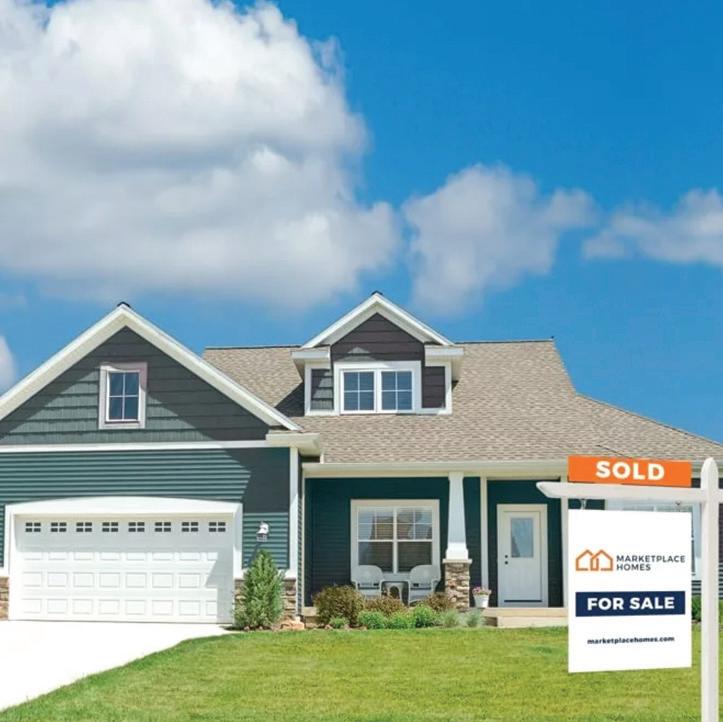
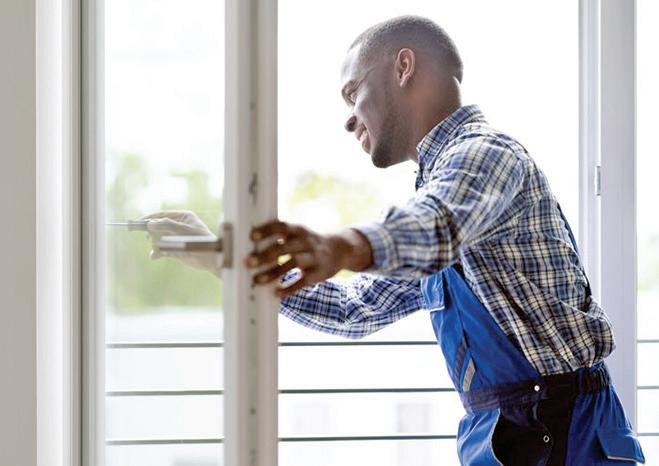
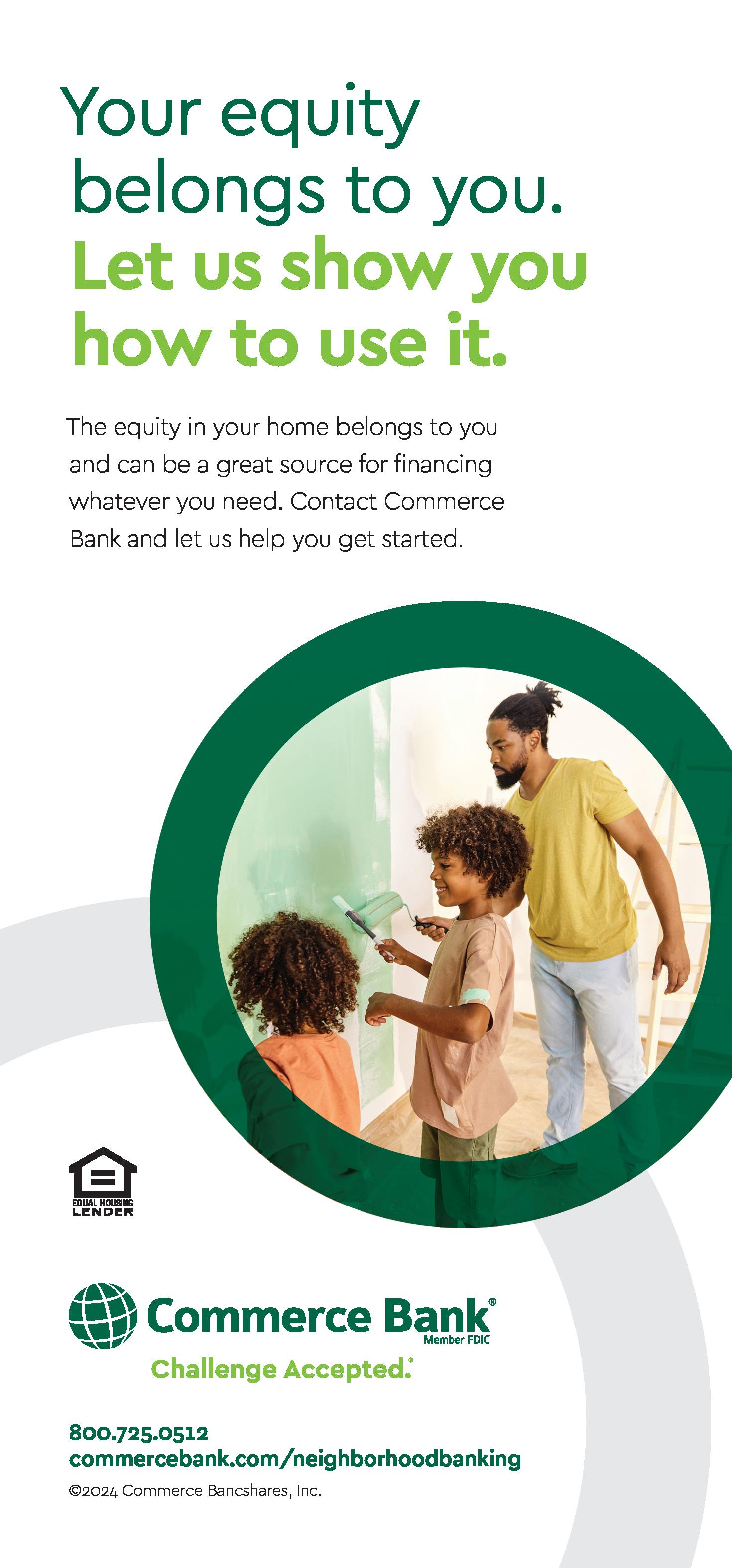




Stifel Bank & Trust strives to strengthen our community by making purchasing a home more accessible through transformative programs aimed at reducing the barriers to homeownership. Saving up money to cover a down payment in addition to the expense of purchasing a home is a challenge for many potential homebuyers. The Stifel Bank & Trust Affordable Mortgage Program (AMP) and MHDC’s First Place Program are reshaping home buying, making owning a home a reality for more and more individuals and families.
Stifel Bank & Trust’s commitment to affordability lies in our Affordable Mortgage Program, designed to alleviate the financial burden of closing costs and prepaid items for qualified homebuyers. With a contribution from Stifel Bank & Trust of up to $7,500, our borrowers significantly reduce their total cash outlay, easing the path to homeownership without the obligation of repayment. “By shouldering a portion of these upfront expenses, Stifel Bank & Trust empowers prospective homeowners to take the crucial step towards securing their dream property with greater ease and confidence,” said Daulton Hillemann, a Stifel Bank & Trust mortgage lender.
“By shouldering a portion of these upfront expenses, Stifel Bank & Trust empowers prospective homeowners to take the crucial step towards securing their dream property with greater ease and confidence.”
Complementing AMP is the MHDC First Place Program, a lifeline for first-time homebuyers navigating the real estate market. This initiative extends a helping hand through affordable interest rates and offers a Cash Assistance Payment (CAP) to further purchasing power. With a grant equivalent to 4% of the loan amount, aspiring homeowners receive support for down payment and closing costs, paving the way for a smoother and more affordable home buying journey. The program’s flexibility, accommodating various mortgage options including Conventional, FHA, VA, or USDA loans, ensures that individuals from diverse backgrounds may find a suitable financing solution tailored to their unique circumstances.
Stifel Bank & Trust’s Mortgage Loan Officers are committed to personalized service and expert guidance derived from years of working with clients through many different scenarios, including medical or other debt, credit scores, and mortgage qualifying criteria. With a team of seasoned lenders at the helm, clients are guided through the lending process, empowering them with the knowledge and resources needed to make informed decisions. Whether assisting first-time buyers in navigating the complexities of mortgage financing or guiding seasoned homeowners through the refinancing process, Stifel Bank & Trust stands as a trusted partner, providing comprehensive support across every facet of home finance.
In a city where the desire for homeownership is a fundamental part of the culture, Stifel Bank & Trust is making a difference by offering access to affordable housing and promoting financial empowerment. Through our commitment to integrity and excellence, Stifel Bank & Trust works to change lives and enhances communities, one home at a time.
As St. Louis continues to evolve and thrive, Stifel Bank & Trust remains steadfast in its mission to make homeownership a reality. With our dedication to customer satisfaction, we look forward to a bright, inclusive future where every individual has the opportunity to unlock the doors to their dream home.
Get started here: www.StifelMortgage.com or call (314) 317-6926 for additional information. Stifel Bank & Trust, NLMS #375103
Maximum lender contribution of $7,500 is subject to limitations of selected loan type – FHA, Conventional or VA. Additional eligibility requirements apply. FHA – closing cost contribution limited to the lesser of actual costs incurred or 6% of the sale price. Conventional – closing cost contribution limited to the lesser of the actual costs incurred or 3% (10% down), 6% (10 – 24.99%), or 9% (25% or more) of sale price. VA – closing cost contribution limited to the lesser of actual costs
See STIFEL, D3
We all know that buying a home is a significant investment. In addition to saving for a down payment and closing costs when you purchase a home, homeowners also have ongoing expenses like property taxes, homeowner’s insurance, maintenance and repairs.
But while buying can be pricier than renting, home ownership offers several financial advantages. The biggest are the potential for creating substantial home equity and increasing your net worth over time.
What is home equity?
down payment. He now has 20% home equity, and with each monthly mortgage payment, James’ equity will increase.
What are the benefits of home equity?
People who build equity in their homes typically have more control over their financial future.
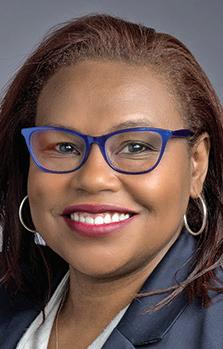
First, homeowners can access their available equity by selling the house or borrowing against it using a home equity loan or home equity line of credit. You might do this to:
• Eliminate high-interest debt.
• Cover home renovation costs.
• Pay for higher education expenses.
• Pay for unexpected expenses without depleting savings.
Home equity is the difference between the current market value of a home and the amount owed on the property. Said another way, equity is equal to the home’s current fair-market value minus the mortgage or debt owned.
Owning a home allows you to transform a mortgage (debt) into equity (ownership) over time, unlike traditional purchases like cars that simply deplete resources. Let’s say Paula just made her last mortgage payment on a 30-year mortgage; if she has no other loans or liens on the property, she now has 100% home equity. If Paula decides to sell her home, she will keep all of the proceeds from the sale after paying closing costs and realtor commissions.
For another example, let’s say James purchased a $500,000 home a few months ago, using a $100,000 inheritance to make the
Continued from D2
incurred or 4% of the sale price. Borrower may be required to participate in homeownership education program.
First-time homebuyers are defined as those persons who have not owned a home or had an ownership interest in a primary residence for the past three years. The amounts indicated for MHDC price and income limits are based on 1-2 occupants 18+. Limits may
It’s important to note that the ups and downs of the real estate market can both stall or speed equity growth. Fortunately, there are practical strategies you can implement to increase the value of your biggest asset in spite of changing economic conditions.
How can I increase my home equity?
While you can’t control real estate values in your local market, there are several factors within your control that you can use to build home equity quickly.
1. Pay off your mortgage more quickly.
Paying the mortgage principal is the most reliable way to increase home equity. The larger the gap between the loan balance and See EQUITY, D7
increase if additional occupants are 18+.
Closing cost contribution provided by Stifel Bank & Trust does not require repayment. This is not an offer to lend, subject to approval and availability of program funding. Please contact your Stifel Bank & Trust Lender for loan program details. This information is provided for informational purposes only and is not intended to extend consumer credit as defined by section 1026.2 of Regulation “Z.” Interest rate, program terms, and conditions are subject to change without notice.

Midwest BankCentre (MBC), the second-largest privately held community bank in the St. Louis region, is bringing mortgage relief to qualifying St. Louisans. MBC is among the first in the region to offer the just-announced Federal Home Loan Bank (FHLB) of Des Moines’ Mortgage Rate Relief product to St. Louis buyers and homeowners. This product offers a 2% rate reduction from the current market rate to home buyers or refinancing homeowners who earn up to 80% of the area’s median income, which
in St. Louis equals to $82,560 (per household). The FHLB has committed $25 million to this program, funds are available on a first-come, first-served basis. The program is scheduled to run until the $25 million is exhausted or through the end of 2024, whichever comes first.
Homeowners may combine this program with Home$tart, Beyond Housing’s down payment and closing cost assistance or other eligible down payment programs.
qualify for a home loan, or lower monthly payments for a more affordable mortgage.”
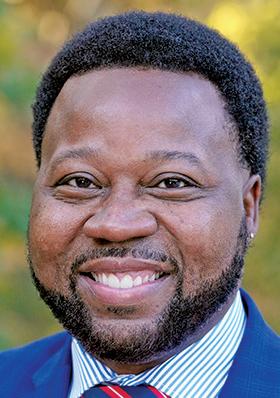
“At Midwest BankCentre, we believe everyone in our community deserves the opportunity to achieve their financial goals and improve their lives.” said Orvin Kimbrough, Midwest BankCentre’s Chairman and CEO. “This mortgage offer is designed to empower our community, whether the goal is to
As an example, a family today applying for a $250,000 mortgage would find the current market rate* at 7.125%. Dropping that rate by 2% will save that homeowner $116,200 over the life of a 30-year loan.
“By offering this product Midwest BankCentre is helping our local economy by creating home ownership or saving opportunities for more people,” said Mr. Kimbrough. “This further stimulates the demand for goods and services which benefits local businesses. We at Midwest BankCentre care about the communities we serve and offering this program is just one more way that we can support St.
Louis families.”
This product is only for the purchase or refinancing of owner-occupied 1-4 family residential properties with 30-year fixed conforming conventional loans. Private mortgage insurance is required.
The FHLB Des Moines is a bank for financial institutions – one of 11 regional banks that make up the Federal Home Loan Bank System. A member-owned cooperative, the FHLB Des Moines works with more than 1,200 financial institutions to support mortgage lending, economic development, and affordable housing.
To set up an appointment, interested home buyers and homeowners can find more information at learn.midwestbankcentre.com/mortgage-relief or contact us at 314-631-5500.
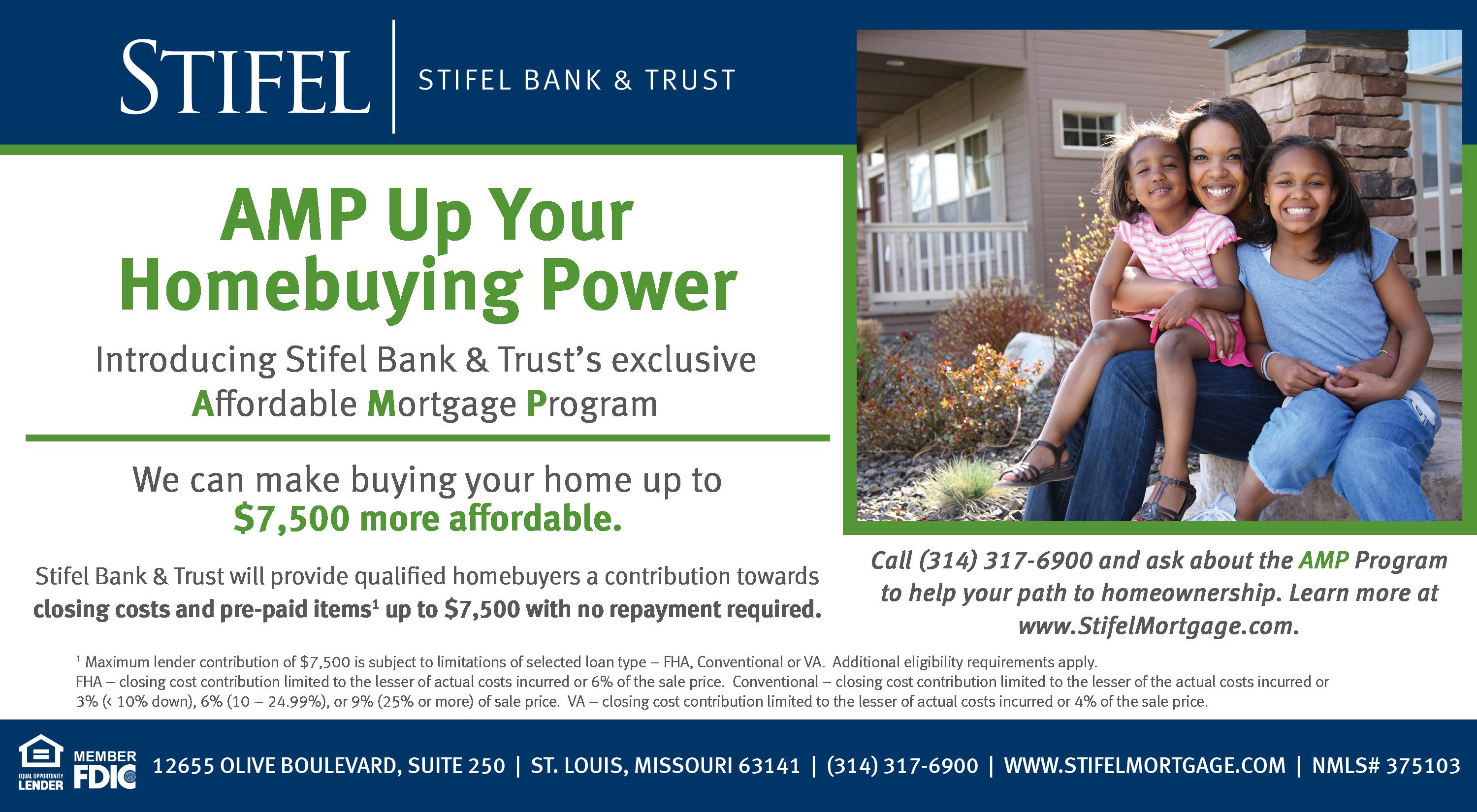
Here is how to get helpBy Sheryl Merritt
For Black consumers and first-time homebuyers, saving for a down payment can be a significant hurdle. Families and individuals can often manage a monthly mortgage but lack the upfront resources for a down payment. However, crucial programs are available that can assist homebuyers with their down payments, making homeownership more accessible.
The National Association of Real Estate Brokers (NAREB) provides answers to questions about down payment assistance programs and encourages more potential home buyers, including Black consumers, to identify and use them.
Black consumers must be made aware that these programs are available. Down payment assistance programs are usually funded by local, state, or even federal agencies that funnel the funds to institutions they partner with, expanding inclusivity in the homebuying process.
These programs can come in the form of loans or grants, depending on the specific program. Eligibility for these programs can differ. Often, you can earn no more than 80% of the area median income to qualify, but some programs allow up to 120% of median income.
BMO Financial Group works with NAREB on a Homebuyer Assistance Program for Historically Black Colleges and Universities (HBCU) and Predominantly Black Institutions (PBI) graduates. The program offers homebuyers $6,000 in down payment assistance and can be layered with other programs to receive up to $20,000 or more in assistance.
Eligible homebuyers must purchase their home in BMO’s footprint, including, but not limited to Chicago, Los Angeles, San Francisco, Denver, Milwaukee, Phoenix, Minneapolis, and Indianapolis.
NAREB partners, Bank of America and Wells Fargo, also offer down
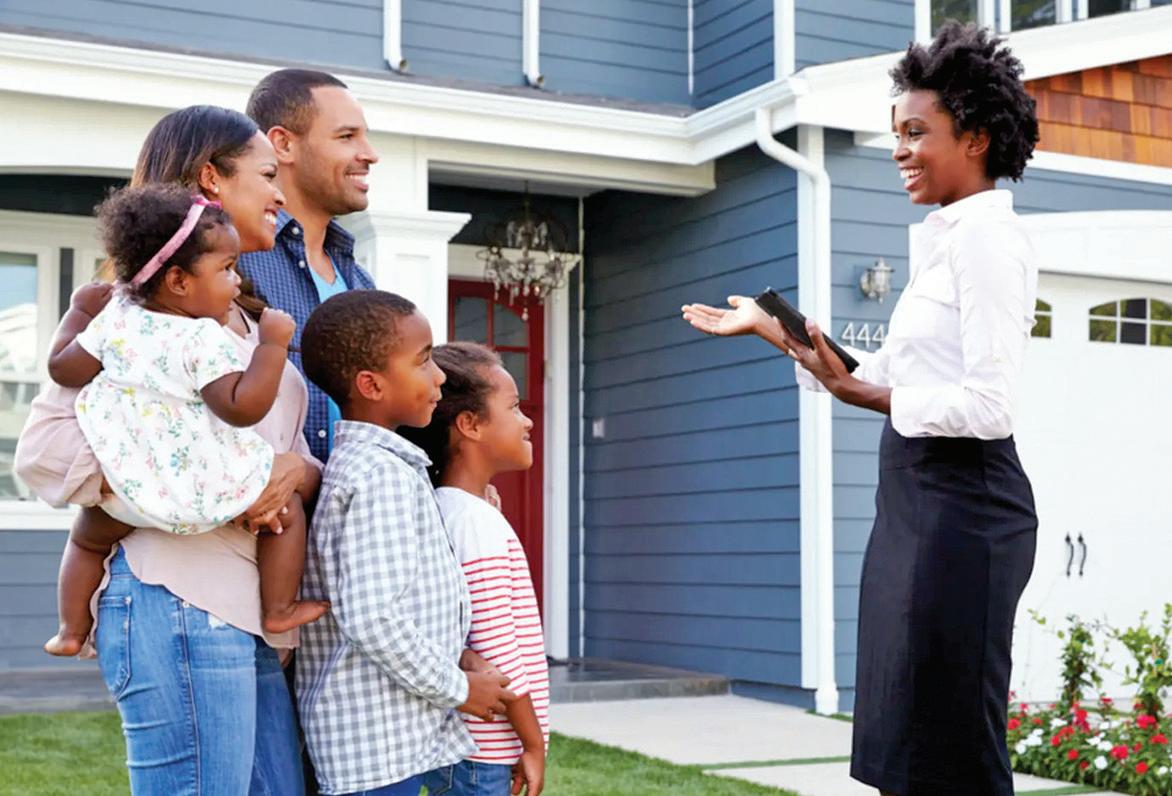
Finding a down payment assistance program can help Black families secure a home, which can help their future financial security. These programs can come in the form of loans or grants.
payment assistance programs.
Here are some FAQs on down payment assistance:
Down payment assistance refers to programs designed to help homebuyers cover the cost of their down payment through grants, loans, or other financial aid. These programs are often aimed at first-time homebuyers, low-income individuals, or those purchasing in specific areas.
Who qualifies for down payment
assistance?
Eligibility for down payment assistance can vary widely depending on the program. Factors such as income level, credit score, property location, and whether the applicant is a first-time homebuyer are considered. Each program will have its specific criteria that must be met.
How do I apply for down payment assistance?
The application process typically involves completing an application form, providing documentation to prove eligibility (such as income statements and
credit reports), and sometimes attending educational courses on homeownership. It is essential to check the specific program requirements to which you are applying.
Are there several types of down payment assistance programs?
Yes, down payment assistance can come in various forms, including grants (which do not need to be repaid), forgivable loans (which are only repaid if certain conditions are not met), and low-interest or deferred payment loans. The type
Continued from D5
of assistance available will depend on the specific program.
Do down payment assistance programs have to be repaid?
Some programs offer grants that do not need to be repaid, while others provide loans that may need to be repaid through monthly payments or when selling the home. Forgivable loans are loans that do not need to be repaid if the homeowner meets certain conditions, such as living in the house for a specified period.
Can down payment assistance be combined with other programs?
Sometimes, down payment assistance can be used with other homebuying programs, such as first-time homebuyer incentives or tax credits. It is essential to
consult with a mortgage advisor or housing counselor to understand how different programs can work together.
What are the eligibility criteria for assistance programs?
Eligibility criteria for down payment assistance programs vary widely depending on the program and location. Common factors often considered include the applicant’s income, credit score, employment history, and whether they are a first-time homebuyer. Some programs may also consider the location of the home being purchased and the overall cost of the house. It is crucial to review the specific requirements of each program to determine eligibility.
How does down payment assistance affect mortgage approval?
Down payment assistance can positively impact the mortgage approval process by reducing the money a buyer needs to save for the initial down payment. Buyers
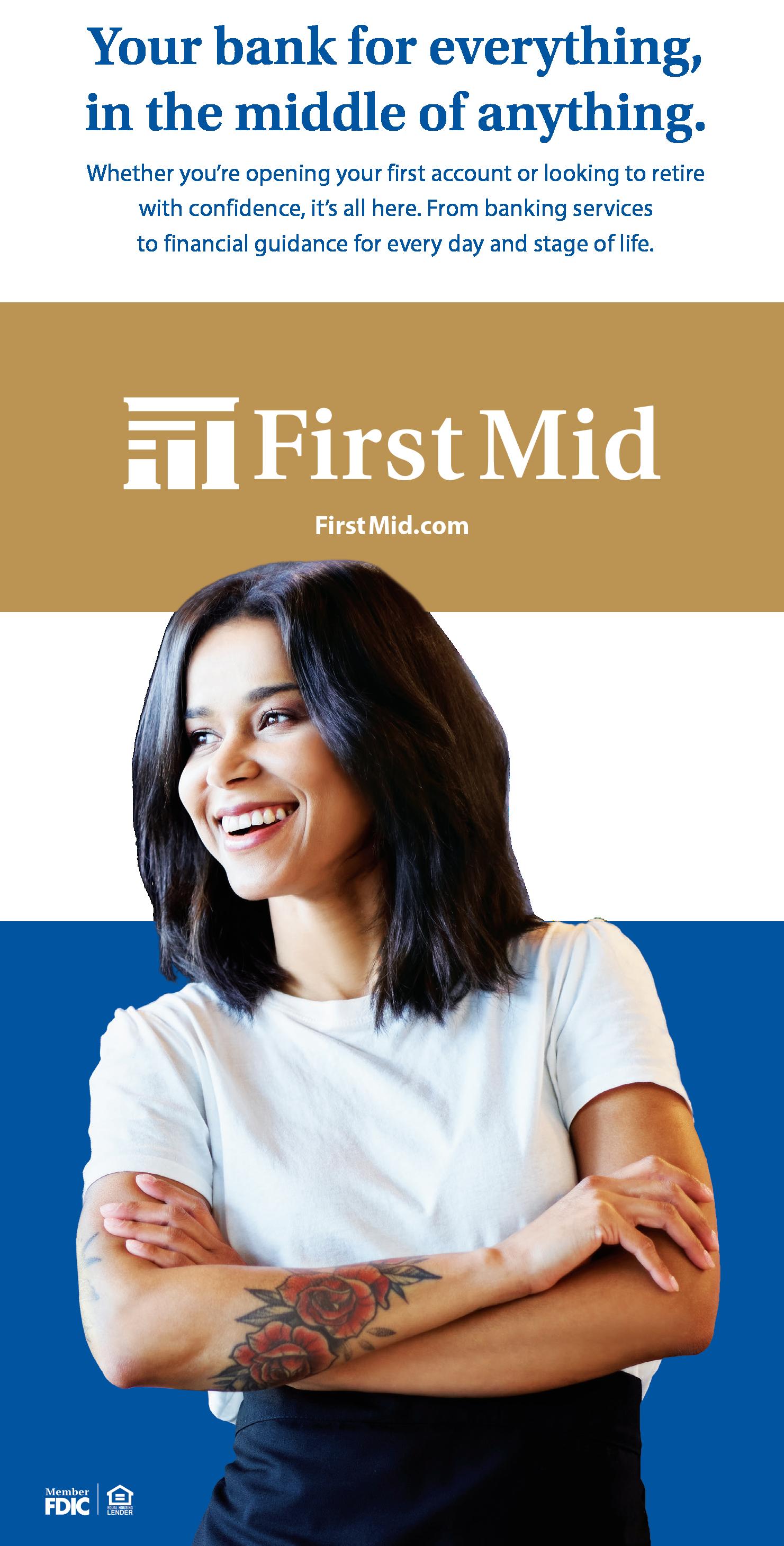
may qualify for better mortgage terms and lower interest rates by having additional funds available. However, each lender may have different policies regarding the use of down payment assistance, so it is essential to inform your mortgage lender about any help you plan to receive and understand how it will be factored into your mortgage application.
Are there any restrictions on the type of home I can buy?
Some down payment assistance programs restrict the types of properties that qualify for assistance. These restrictions can include limitations on the purchase price, the property’s location, and the home’s condition. For example, some programs only offer assistance for single-family homes, while others might cover multi-family units or manufactured homes.
Additionally, certain programs might prioritize homes in specific geographic areas or those that require rehabilitation.
Always check the program’s guidelines to ensure your desired property meets the criteria.
How can I find out about programs in my area?
There are several ways to find down payment assistance programs in your area. Start by contacting local housing agencies or non-profit organizations specializing in homeownership assistance. Many states and municipalities have websites with information about local programs.
Additionally, speaking with a NAREB Realtor, mortgage advisor, or real estate agent can provide valuable insights into options.
You can go to https://downpaymentresource.com/ for help in finding down payment assistance programs in your area. Sheryl Merritt is CEO of New Legacy Realty Inc., in Raleigh-Durham North Carolina and a NAREB member.
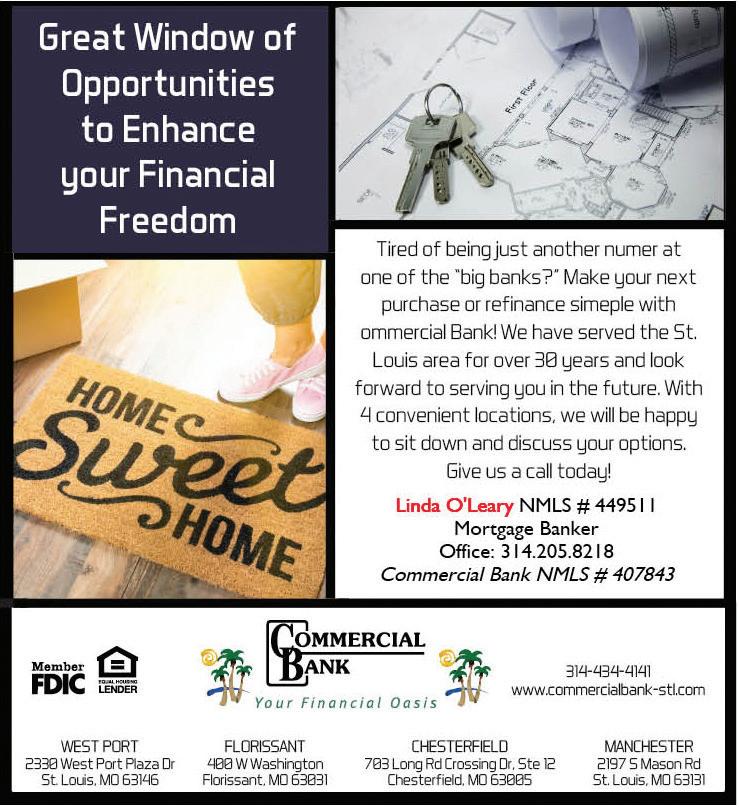
Continued from D4
the property’s fair market value, the larger the home equity. There are lots of ways to pay off a mortgage early. For example, you could:
• Apply bonus paychecks and tax refunds to the principal balance.
• Round up the minimum payment to the nearest thousand dollars; for example,
Continued from D4
Midwest BankCentre’s current assets exceed $2.75 billion, and deposits total more than $2.29 billion as of quarter ended 12/31/2024. A mainstay of the greater St. Louis community banking scene since 1906, the Bank employs a staff of about 280 working at 17 bank locations in the City of St. Louis, St. Louis, Jefferson, and St. Charles counties in Missouri and St. Clair County in Illinois and 11 states throughout the United States. The Bank also opened a business production office in Kansas City, Missouri, in 2023. It empowers people, enables businesses, and energizes neighborhoods through the strength of its financial services, including personalized consumer and business banking, business cash management, mortgage lending, home equity loans, financial planning and investments, insurance, and digital banking.
Since 2001, Midwest BankCentre has consecutively achieved the Bauer Financial 5-Star Superior financial rating each quarter. The Bank has been recognized for its success in bringing access to reasonably priced capital to traditionally underserved markets and elevating financial inclusivity by addressing the banking needs of low- and moderate-income market customers who are often overlooked. Recent awards include the 2023 Innovation in Philanthropy Awards from the St. Louis Business Journal, the 2022 Champions of Diversity & Inclusion Award (for-profits) from the St. Louis Business Journal, and Energage’s 2021, 2022, and 2023 National Top Workplace overall award and awards for diversity, equity, and inclusion practices.
*Mortgage rates can change daily.
if your payment is $2,500, round it up to $3,000.
• Make an extra payment each year.
Before changing your mortgage payment, make sure to speak with your loan servicer to ensure that your extra payments will be applied to the principal balance versus interest.
2. Make property improvements.
As any fan of HGTV knows, making improvements to your home can have
a big impact on the home’s fair market value. An annual report by the Journal of Light Construction that compares national average remodeling costs to the amount recouped at sale identified four projects that provide at least a 100% return on investment:
• HVAC conversion (electrification)
• Garage door replacement
• Manufactured stone veneer
• Entry door replacement
The good news is that even if you’re
unable to make any home improvements, your home is likely to increase in value or appreciate over time due to rising home values across the United States.
So, consider purchasing a home or, if you’re already a homeowner, consider making improvements or paying off your mortgage more quickly. Building home equity now is a fantastic way to ensure you have access to significant cash when you need it most.

You can up your future selling priceBy Marcia Griffin Washington Informer
There are many rewards to homeownership. You have a place to call your own, you can leave a legacy to your family, and you have a vehicle for building wealth.
However, you may decide that you don’t want to stay in your current house forever. You may choose to move to a bigger house, you may want to relocate to a different city or state, or you may simply want to sell your house for a profit. If you do decide to sell, you want to get as much money for your house as you can. While you can’t control the real estate market, here are steps you can take to increase the odds that your house will increase in value over time.
Keep the outside looking good. While you may be focused on your kitchen or your family room, the way your home looks on the outside to those who are passing by can affect your house’s worth. Many people are willing to pay more for a house that is attractive to the eye. That also goes for the houses of your neighbors. Houses in neighborhoods where the grass is cut, bushes are trimmed and yards are neat are likely to command a higher sales price than houses that are unkept and appear to be neglected. By taking the time to beautify your outdoor surroundings, you can increase your home’s overall value.
Get rid of inside clutter. Not only can it help to make the outside look appealing, but it can have an influence on your home’s value if you pay attention to how it looks inside as well. If you’re trying to sell your house, potential buyers could be
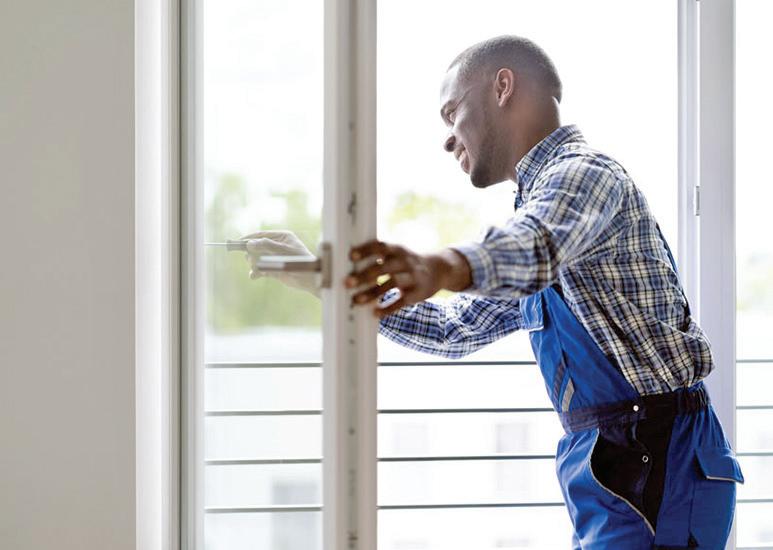
turned off if they’re walking through and see closets stuffed with bags, clothes and other objects. Some potential buyers may not even realize why they’re turned off; they simply may feel like your house is not the one for them. When your house is free from clutter and your belongings are stored neatly, your home feels more comfortable. For a potential buyer, that extra comfort could be the one thing that drives them toward sealing the deal.
Advocate for stores, restaurants and leisure activities. Homeowners can benefit from Living near amenities. People like to have things to do. If your neighborhood has restaurants, stores and other places of leisure, you’re likely to attract buyers that would be willing to pay more money for your home. Neighborhoods near transportation hubs are also likely to attract more buyers. If you already own your home, pay attention to efforts to bring new amenities into your community
and support them.
Make renovations that make sense. You may be dreaming about renovating your kitchen, but there is another reason to make the effort: Some renovations can increase the value of your house because potential buyers might be willing to pay more because you made those renovations. Some renovations are more valuable than others. For example, credit scoring company Experian points out that renovating the kitchen and adding hardwood floors are among the changes that can make a big difference.
Make your home energy efficient. One thing that many buyers take into consideration when choosing a house is energy efficiency. If a house uses energy more efficiently that can translate into lower heating, cooling and maintenance costs for the buyer. There are a number of changes you can make to increase your
Installing new windows and glass-front storm doors can add future value to your home because many consumers in the housing market are looking for energy efficient residences.
home’s energy efficiency:
• You can upgrade to a smart thermostat that lets you adjust the temperature from anywhere.
• You can replace any windows where you notice drafts of air coming in.
• You can add insulation to your house.
Not only will you enjoy a more comfortable environment by making these changes, but you may also be able to get more for your house when it comes time to sell.
Buying your home is only the first part of the journey. You want to make sure your home is kept up so that you can protect your investment and make it grow. If you’re unsure of steps you can take to ensure your house retains and increases value, contact a Homeownership Advisor Your home is a key component to your long-term plan for wealth.
Marcia Griffin is the CEO and founder of HomeFree-USA.